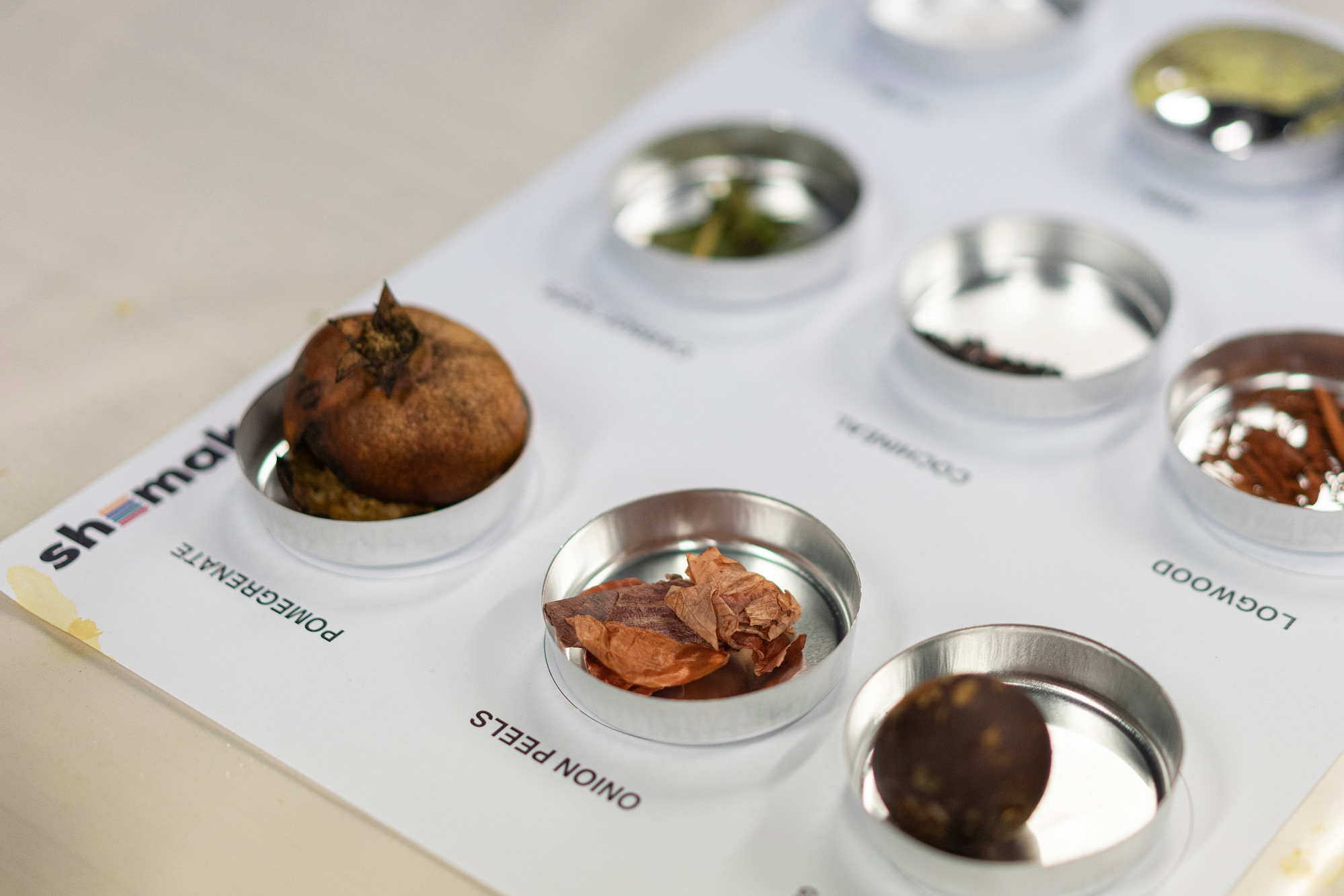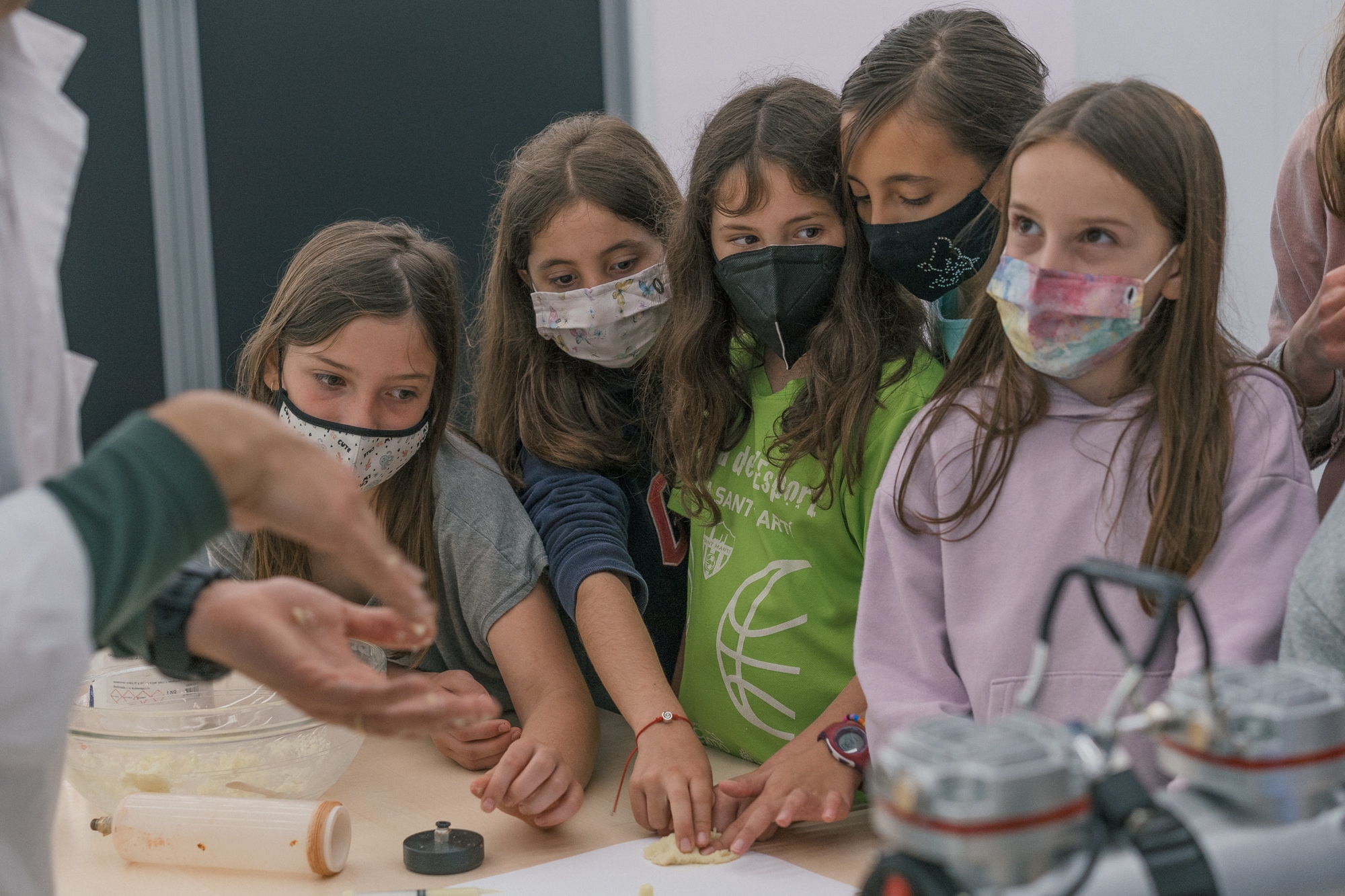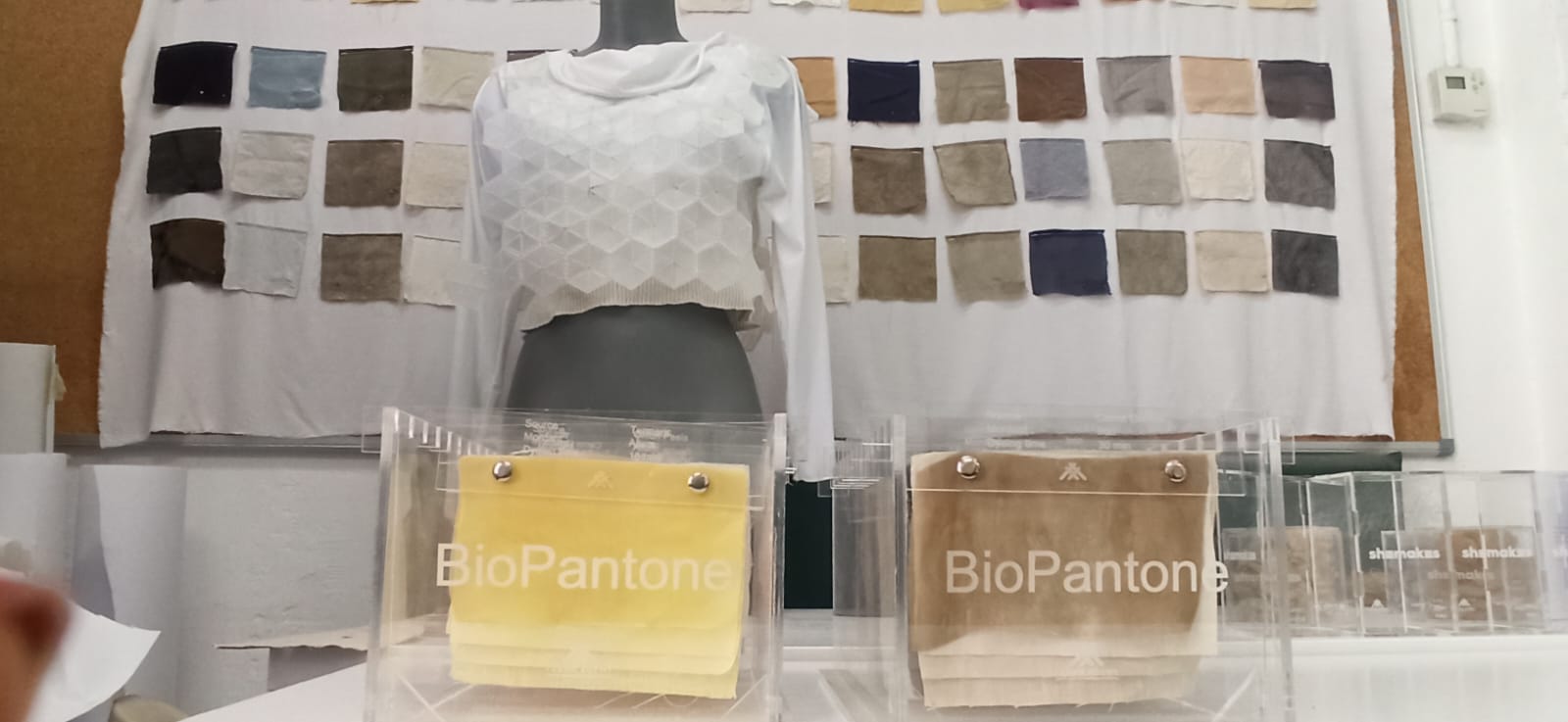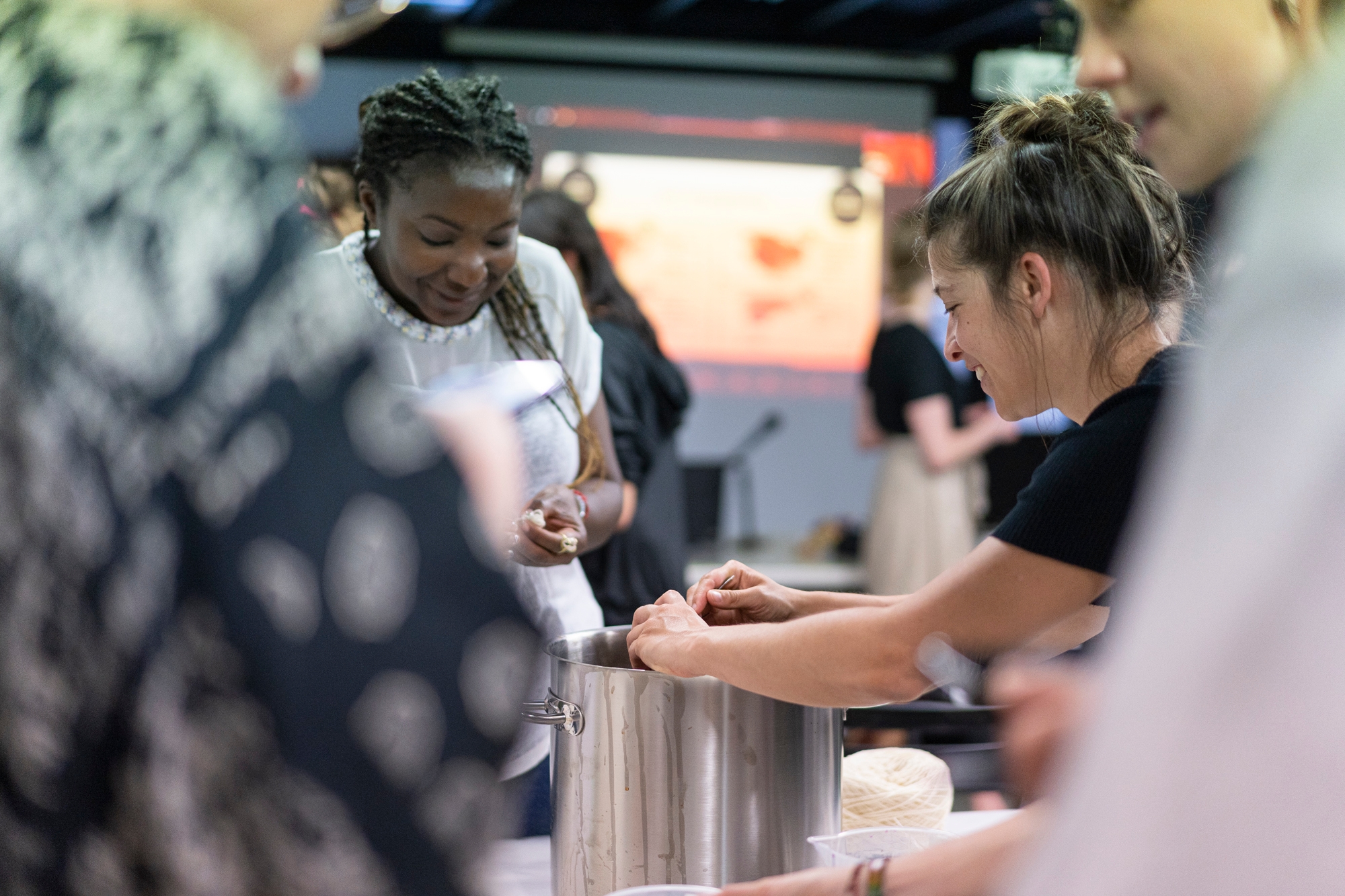💡How to Integrate This Activity into the Classroom?
Natural Dyes with Food Waste as Cross-Curricular Projects
In this section, we aim to help you incorporate the practice of dyeing with food waste into the classroom through cross-curricular projects. As a teacher, you can not only teach scientific concepts and sustainability but also foster creative skills, teamwork, and environmental awareness among students. Here are some ideas to help you create your own project.
Preliminary Research:
Before starting the project, invite students to research natural dyes and food waste. They can explore which food items can be used to create dyes, how they are processed, and their environmental impact compared to chemical dyes.

Collection of Materials:
Organiza sesiones donde los estudiantes recolectan desechos alimentarios en la escuela, en sus hogares o en su comunidad. Podrían pedir a la cafetería de la escuela, a los bares y restaurantes de los alrededores, incluso a los supermercados que les faciliten los desperdicios alimentarios necesarios como cáscaras de cebolla, huesos de aguacate, restos de café, entre otros. De esta manera promovemos la interacción de los estudiantes con diferentes actores sociales de la comunidad, creando una especie de laboratorio viviente y generando situaciones en un entorno real.
Experimentation:
Divide students into groups and encourage them to experiment with different techniques to extract pigments and create dyes. They can try methods like boiling, maceration, or fermentation.
Before starting the project, invite students to research natural dyes and food waste. They can explore which foods can be used to create dyes, how they are processed, and their environmental impact compared to chemical dyes.

Creating Dyes:
Once the students have extracted the pigments, guide them through the process of creating dyes. They can use natural fabrics like cotton or linen for dyeing. It’s important for students to document their processes and results to share with the rest of the class. They can even design their own journal or Bio Pantone!

Exploration of Applications:
After creating the dyes, encourage students to explore different applications. They can dye fabrics to create clothing, scarves, or reusable bags. They can also experiment with paper, creating cards or decorative art in watercolor style.

Reflection and Analysis:
Encourage classroom discussions about the importance of reducing food waste and using natural dyes. Ask students to reflect on how this project can influence their daily habits and impact the environment.
Exhibition and Outreach:
Organize an exhibition at school where students can showcase their creations and share what they’ve learned with peers, teachers, and parents. They can also create flyers or social media posts to spread their message about sustainability. Additionally, consider developing an entrepreneurship project where students sell or raffle their works and creations to fund school trips or events.
Get Inspired with Our Videos
We are pleased to share this practical resource with you: a tutorial on how to create your own natural dyes using food waste. This video was made possible thanks to the guidance of Arleny Medina, Sustainability Director at Green Leka restaurant in Barcelona.
We especially thank the teachers from Escola Joan Miró, Institut Ciutat de Balaguer, Escola Cal.lipolis, and Escola Àngela Roca for their dedication, active participation in the project, and for inspiring their students with their motivation and commitment. 🌿✨
Last updated